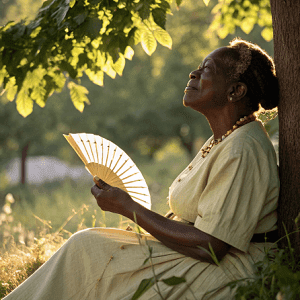As climate change pushes temperatures higher, new research warns that extreme heat and humidity could soon become lethal—especially for Black Americans living in major U.S. cities.
Wet bulb temperatures, which combine heat and humidity, represent a critical threshold for human survival. Once the body can no longer cool itself through sweating, even sitting in the shade with water becomes deadly. Scientists had long believed that this limit was 95°F at 100% humidity. But new findings suggest the danger begins much earlier.
At Penn State, researchers tested volunteers in a controlled environment and found that people began to lose the ability to regulate their body temperature at just 87.8°F wet bulb—far below the previously accepted threshold. “It doesn’t matter what you’re doing. You can’t survive for extended periods of time,” said NASA’s Colin Raymond.
This is especially alarming for Black Americans, who are disproportionately affected by extreme heat. Many live in urba
n areas with less green space and more heat-trapping infrastructure. In 2023, parts of the southeastern U.S.—home to over half of the Black population—recorded wet bulb temperatures near 90°F.
If global temperatures rise by 4°C, cities like Chicago, Houston, and Washington, D.C. could regularly experience these deadly conditions. The research underscores the urgent need for climate resilience strategies that prioritize vulnerable communities.
See: “Why 90°F With Humidity Could Soon Be a Death Sentence” (April 7, 2025)



